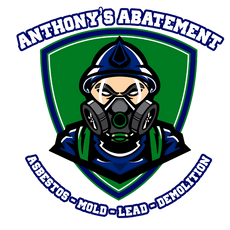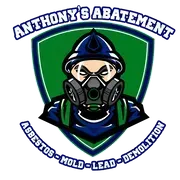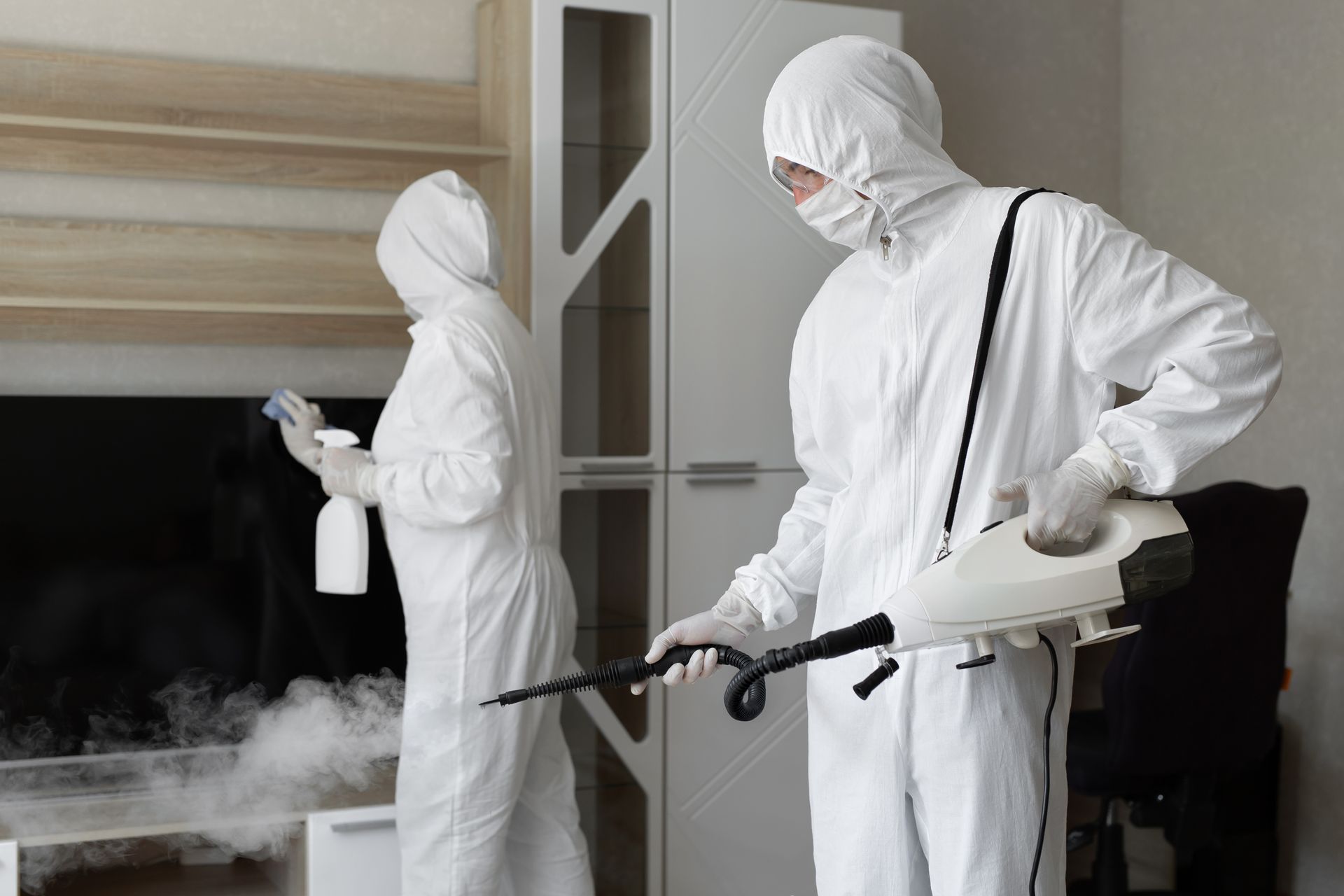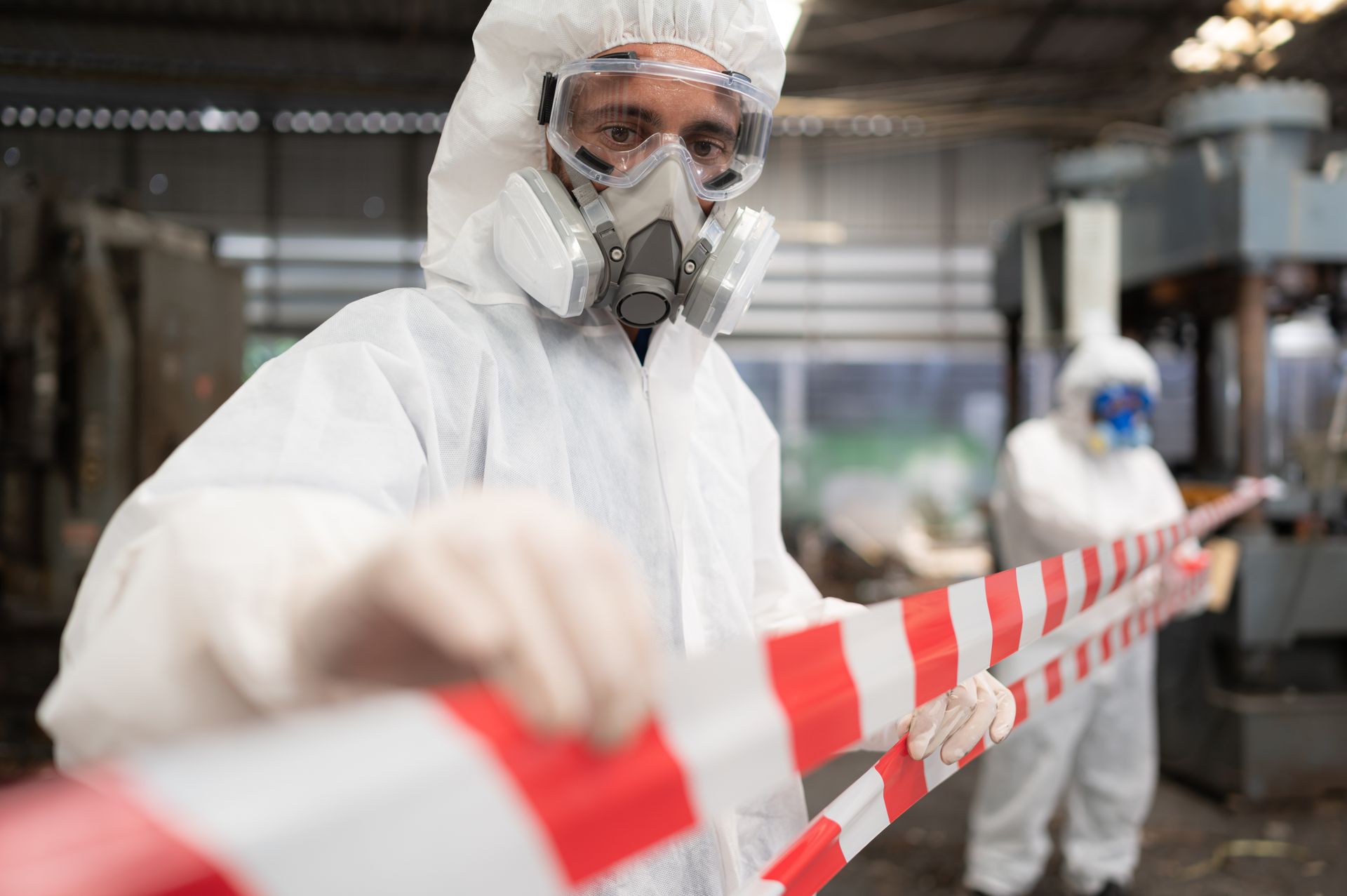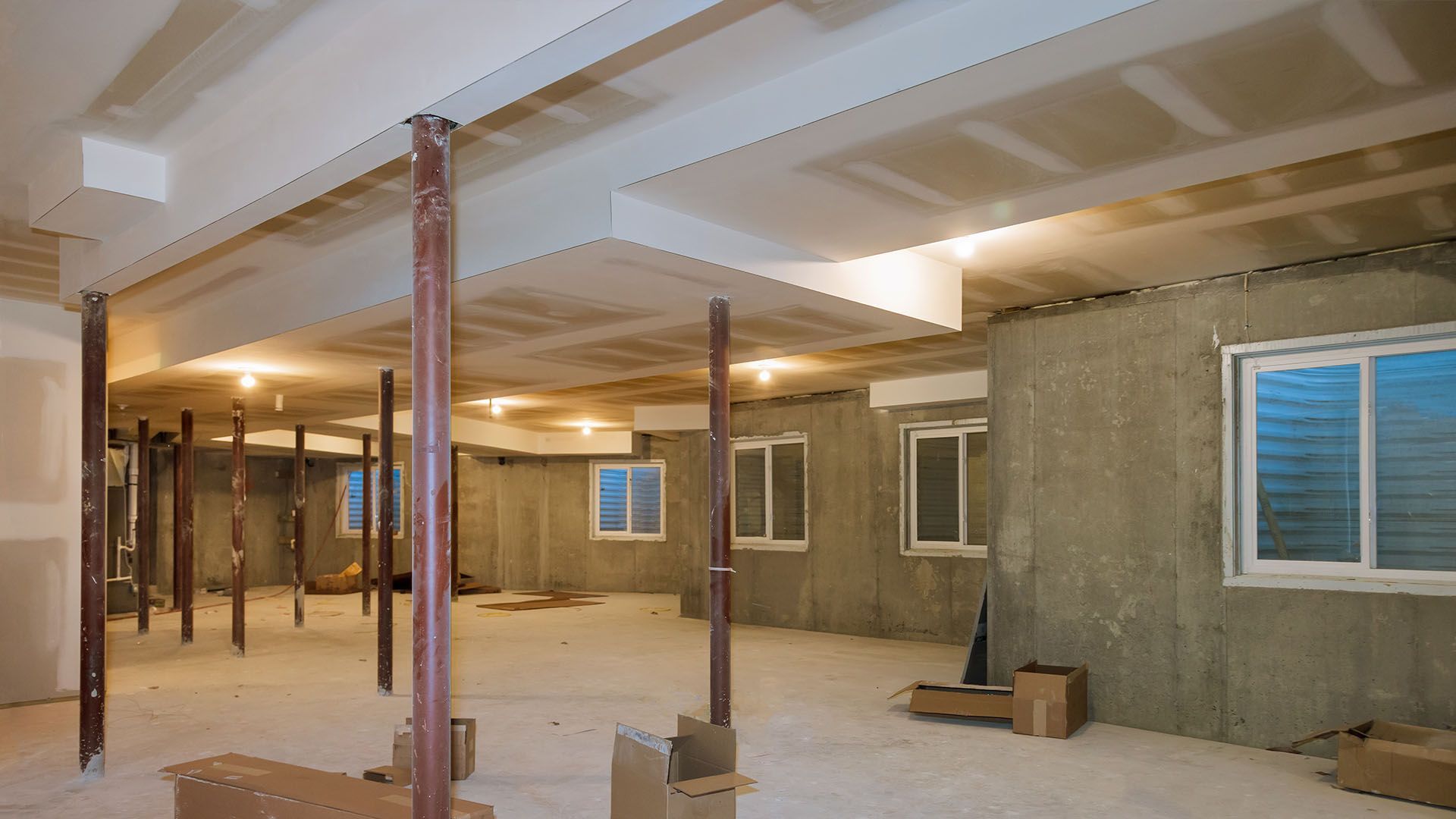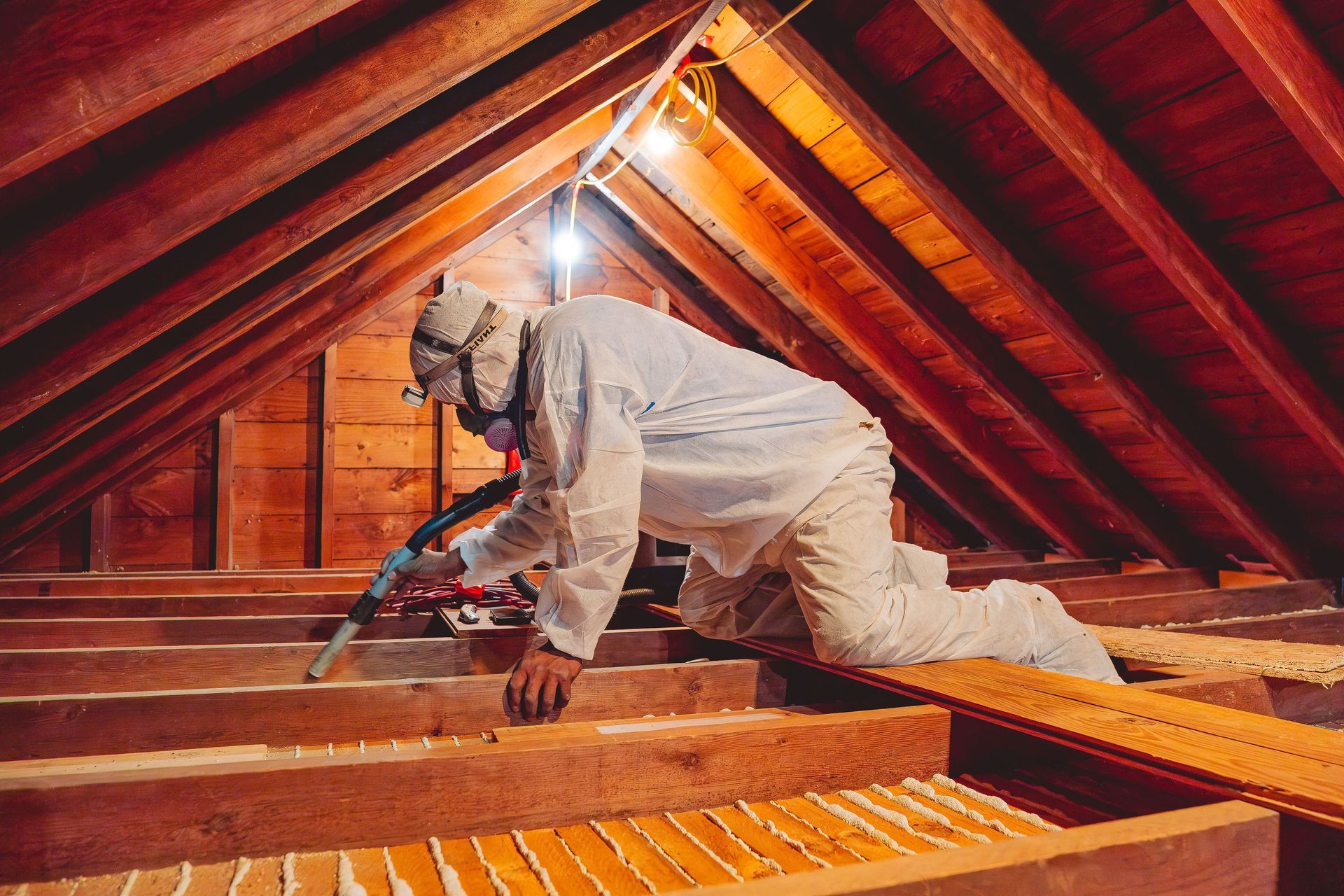Best Practices for Effective Asbestos Abatement Removal
Asbestos abatement removal is crucial to protect your health from the dangers of asbestos exposure. In this article, you’ll learn why asbestos must be removed, how the abatement process works, and what to look for when hiring professionals. Whether you’re planning renovations or simply want to make your home safer, this guide will provide essential steps and safety tips.
Key Takeaways
- Asbestos abatement is critical for preventing serious health risks, including lung cancer and mesothelioma, particularly in buildings constructed before the 1980s.
- The abatement process involves initial testing, proper area preparation, safe removal techniques, and compliant disposal methods to minimize environmental contamination.
- Hiring certified professionals for asbestos removal ensures compliance with federal and state regulations, protecting public health and ensuring safe handling of hazardous materials.
Understanding Asbestos Abatement Removal
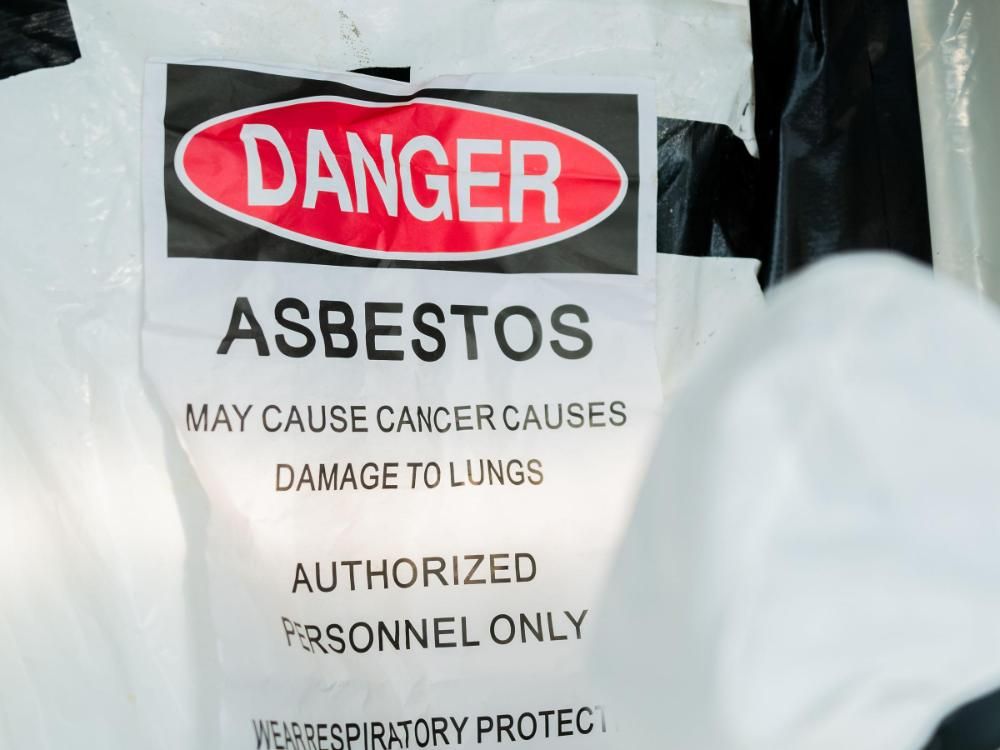
Asbestos abatement is essential for safeguarding workers and the public from asbestos exposure. It includes identifying, removing, repairing, and encapsulating asbestos-containing materials to eliminate exposure to this hazardous substance.
What Is Asbestos?
Asbestos is a naturally occurring mineral known for its durability and fire-resistant properties. It was commonly used in building materials before the 1980s, particularly in homes and buildings constructed prior to that time. However, disturbing friable asbestos-containing materials can release toxic asbestos fibers into the air, posing serious health risks such as lung cancer and mesothelioma, especially when those materials include asbestos material.
Government agencies like the EPA provide guidelines and resources for homeowners regarding asbestos identification, safety measures, and professional abatement services.
Why Asbestos Needs to Be Removed
Asbestos hazards are classified as a carcinogen, meaning it can cause cancer in humans. There is no safe level of asbestos exposure, and even minimal contact can lead to significant health issues.
If materials that contain asbestos are broken or damaged, asbestos fibers can easily become airborne, making removal essential to prevent exposure.
When Should Asbestos Be Removed?
Asbestos should be removed prior to any renovation or demolition to mitigate health risks. An asbestos survey is a mandatory requirement before any such work begins. Testing asbestos is vital to prevent the release of harmful fibers during construction activities.
Common materials like old ceiling tiles, insulation, and flooring may contain asbestos containing material and should be tested if suspected.
The Asbestos Abatement Process
The asbestos abatement process is meticulously regulated to ensure the safe handling and disposal of asbestos materials. Proper protocols must be followed to protect both the workers involved and the environment.
The process begins with an initial inspection and testing, followed by thorough preparation of the area, safe removal techniques, and finally, the disposal of asbestos materials.
Initial Inspection and Testing
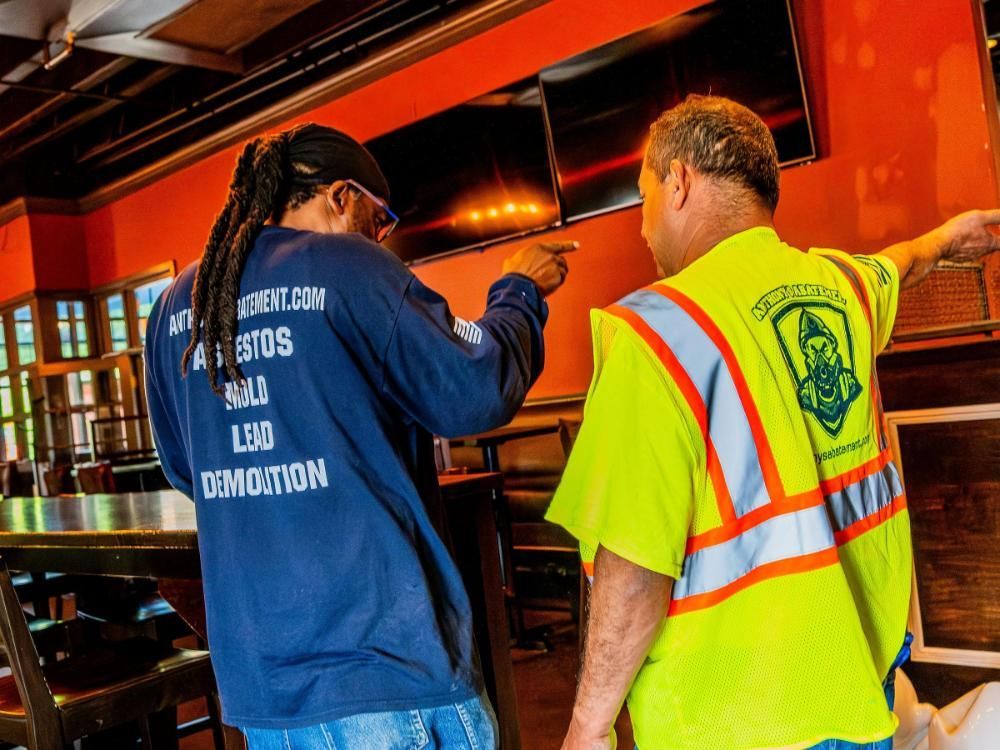
Before any renovations can commence, it is critical to test structures for asbestos to avoid health problems from asbestos exposure. This involves hiring licensed professionals to conduct a thorough visual inspection to identify potential hazards. Common materials that may contain asbestos in older buildings include flooring, insulation, fireproofing, roofing, and wall materials.
Suspicious materials must be sent to a laboratory for confirmation before any removal can take place. Neglecting to properly test for asbestos can lead to serious health risks, as untrained individuals might disturb asbestos-containing materials.
Preparing the Area
Proper area preparation before asbestos abatement ensures safety and compliance. This involves using polyethylene film, duct tape, and negative air pressure machines to effectively seal the area and prevent contamination. Sealing off a building from the outside atmosphere is essential if it is closed during asbestos removal to prevent contamination.
Proper preparation ensures that the asbestos fibers do not spread to uncontaminated areas, maintaining a safe environment for both the workers and the occupants.
Safe Removal Techniques
Safe removal techniques are at the heart of asbestos abatement. Professionals utilize wet methods during removal to limit the release of asbestos fibers into the air. This involves using encapsulating liquids to trap asbestos fibers on filters before removal.
Innovative methods like heating asbestos into a glass-like substance, robotic systems, cryogenic cleaning, and nanotechnology are explored for enhanced safety and effectiveness. These advanced techniques ensure that asbestos fibers are minimized and safely handled during abatement.
Disposal of Asbestos
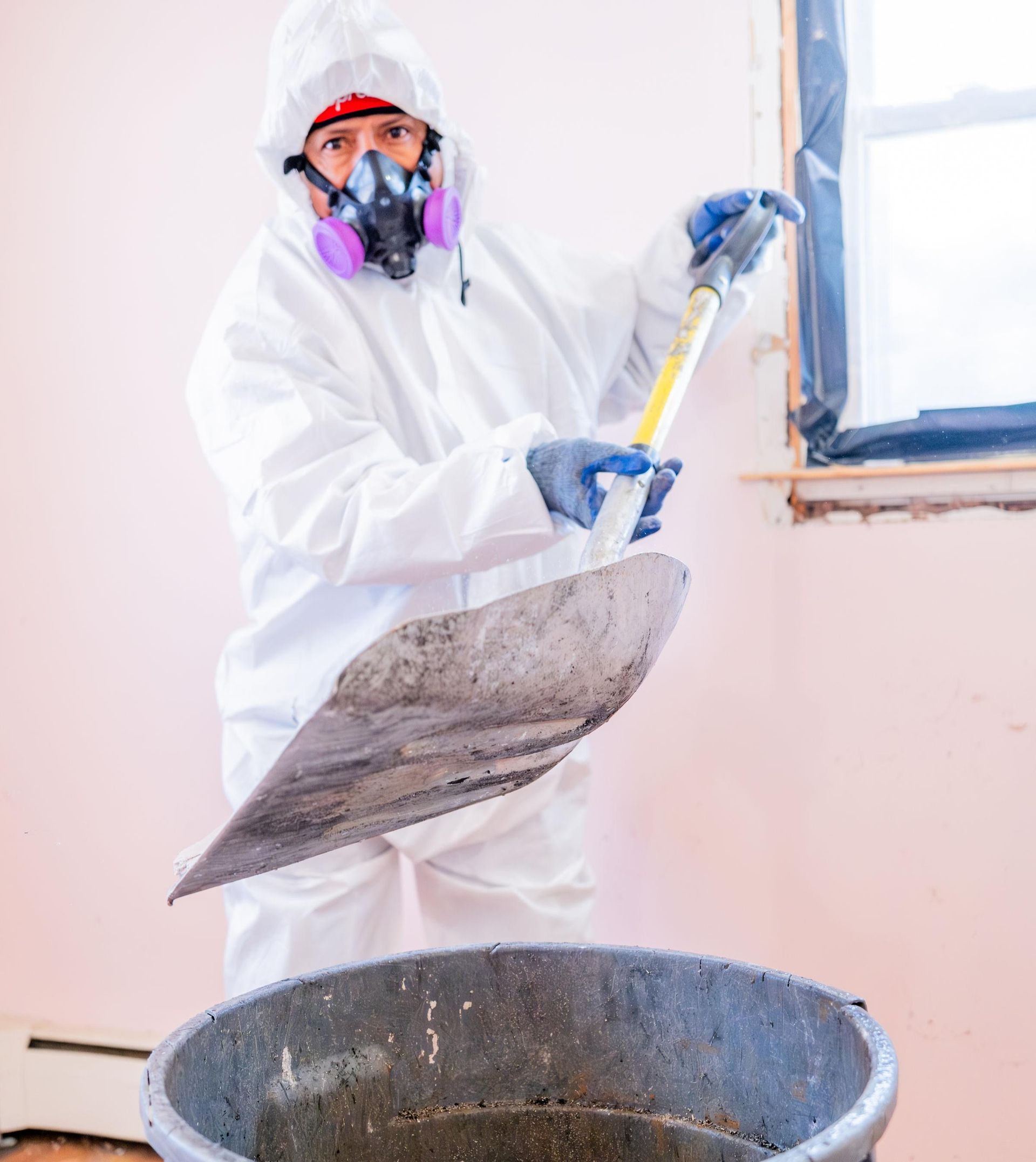
Disposing of asbestos materials properly is critical to preventing further contamination and environmental impact. Asbestos-containing materials must be wet and encased in plastic before being transported to qualified landfills.
Innovative recycling plants are being developed to safely process large quantities of asbestos waste into reusable forms. Some recycling processes involve shredding asbestos-containing materials and treating them with alkaline solutions to neutralize the fibers, while others use high heat to transform asbestos fibers into inert silicate glass.
These methods help to reduce the environmental impact and make asbestos handling safer.
Hiring a Professional Asbestos Abatement Company
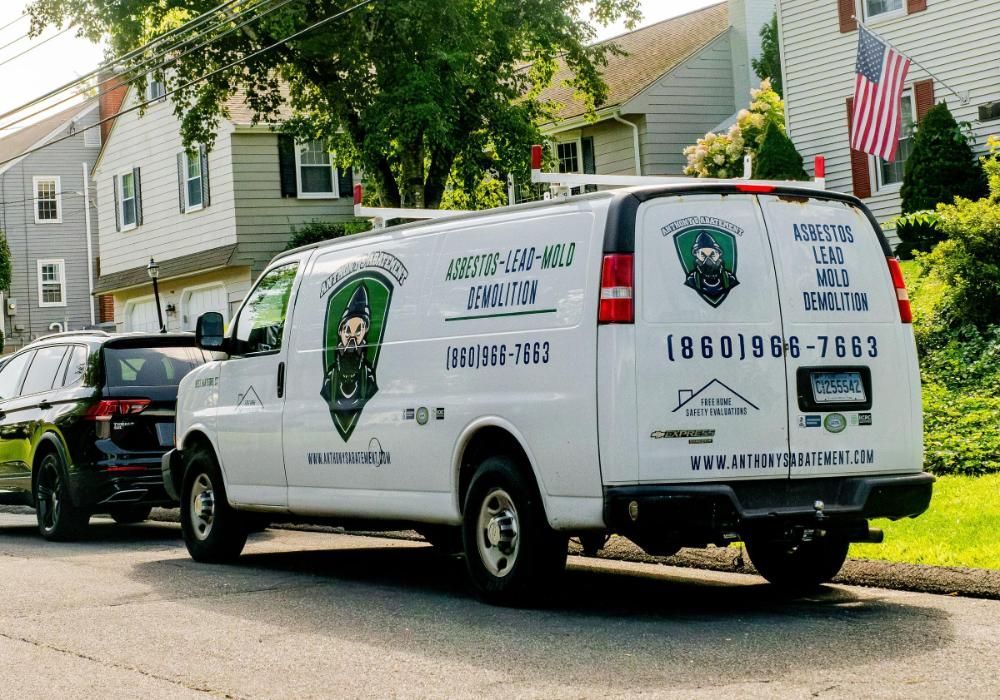
These experienced professionals are trained to handle asbestos safely and comply with all regulations, protecting both the workers and the occupants from harm.
Qualifications to Look For
When hiring an asbestos abatement company, it is important to look for experienced professionals who are certified and licensed according to state laws. They must possess the necessary training, licenses, and certifications required for safe asbestos removal.
Contractors should provide evidence of required certifications and references from previous clients, ensuring they have a track record of safe and effective asbestos management.
Questions to Ask Potential Contractors
When selecting an asbestos abatement contractor, homeowners should research potential companies, request bids, and ask for a written work plan. The work plan should include details of cleaning and removal methods, as well as their compliance with relevant regulations.
Asking these questions ensures that the chosen contractor is qualified and capable of performing the job safely and effectively.
Verifying Compliance with Regulations
Ensuring compliance with federal and state regulations is crucial when hiring an asbestos abatement company. Contractors must follow all applicable laws to ensure safe asbestos removal and protect public health. Failure to comply with regulations can result in legal penalties, increased health risks, and potential project delays.
Choosing a licensed and certified asbestos removal company ensures adherence to all regulations and safe completion of the job.
Costs and Timeframe for Asbestos Abatement Projects
The costs and timeframe for asbestos abatement projects can vary significantly based on several factors. Understanding these factors can help homeowners and building owners plan and budget for their projects more effectively.
Factors Affecting Costs
Several factors influence the cost of asbestos abatement projects. Interior removal typically ranges from $5 to $20 per square foot, while exterior removal can be significantly higher, between $50 and $150 per square foot. The cost of preparing the area can range from $1,000 to $4,000, reflecting the labor and materials needed to contain the hazardous material.
The location of asbestos, the type of materials, and regulatory requirements also impact costs. Testing for asbestos can incur additional expenses, ranging from $250 to $850, depending on the complexity and extent of the assessment.
Typical Project Duration
The duration of asbestos abatement projects can vary based on the size and complexity of the project. In some cases, abatement can be completed in just one day, but the overall time frame can be extended due to the testing process required before and after removal.
Thorough testing before and after the removal process ensures that all asbestos fibers have been effectively removed, which can prolong the project timeline, but is essential for safety.
Safety Measures During Asbestos Abatement
Safety measures are paramount during asbestos abatement to prevent the release of asbestos fibers and protect both workers and occupants. Strict protocols and the use of personal protective equipment (PPE) are essential to ensure a safe abatement process.
Personal Protective Equipment (PPE)
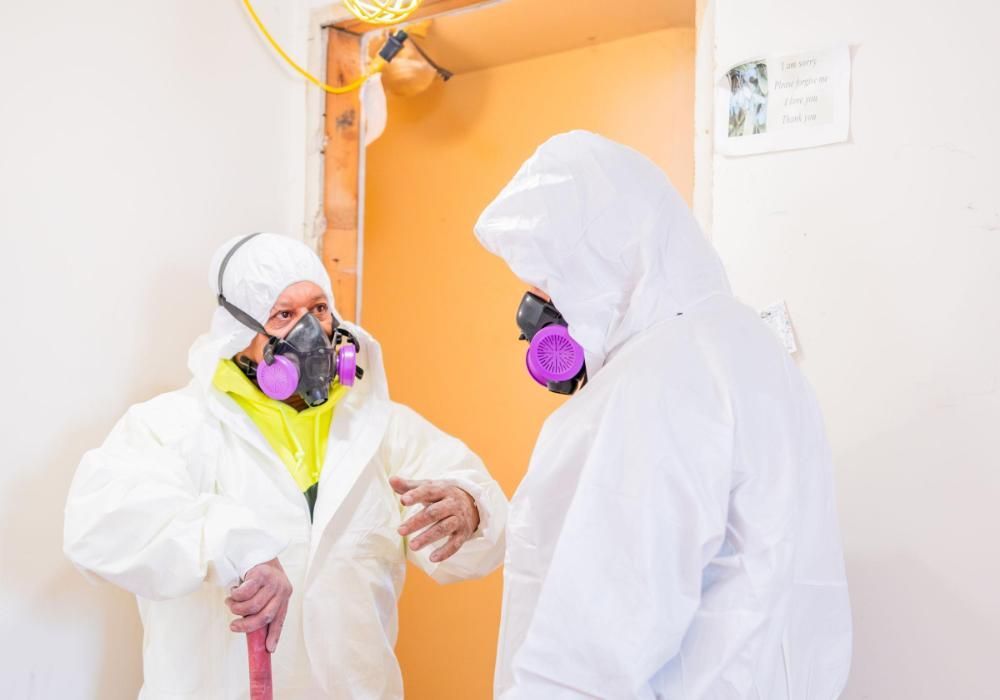
The required personal protective equipment (PPE) for asbestos removal includes respirators, coveralls, gloves, eye protection, foot covers, and head covers. Respiratory protection is crucial, with recommended options being either a half or full facepiece respirator equipped with high-efficiency filters.
Technicians should wear synthetic materials for clothing to block the infiltration of asbestos fibers and avoid clothing with external pockets or Velcro, which can trap fibers. Disposable coveralls, gloves, and rubber boots provide additional layers of protection, and eye protection shields against irritants.
Preventing Contamination
Preventing contamination during asbestos abatement is crucial to protecting the health of workers and occupants. Fibers can become airborne and inhaled, making it essential to follow strict decontamination protocols. Special vacuums designed for asbestos containment (class H) are used for cleanup, and the work area must be isolated from other parts of the building.
Proper air quality assessments should be performed regularly to monitor the presence of airborne asbestos fibers during abatement activities.
Post-Abatement Clearance Testing
Post-abatement clearance testing is vital to confirm that the area is free of asbestos fibers before reoccupying the space. This testing ensures that all asbestos fibers have been effectively removed from the environment. It involves air sampling and surface testing to detect any remaining fibers.
Only after the area has passed clearance testing can it be declared safe for reoccupation, ensuring the health and safety of all occupants.
Legal and Regulatory Considerations
Navigating the legal and regulatory landscape of asbestos abatement is crucial for ensuring compliance and avoiding potential hazards. Both federal and state regulations govern the handling of asbestos to protect public health.
Key Federal Regulations
Federal regulations, such as those mandated by the Clean Air Act, set national emission standards for hazardous air pollutants, including asbestos. The Environmental Protection Agency (EPA) and the Occupational Safety and Health Administration (OSHA) provide guidelines for asbestos handling and removal. Asbestos waste must be transported in leak-tight containers to designated facilities that comply with regulatory standards.
These regulations are designed to ensure environmental safety and public health.
State-Specific Requirements
State-specific regulations can vary significantly across regions, making it essential for asbestos abatement companies to follow both federal and state laws. For example, Ohio’s regulations align with the U.S. EPA’s National Emission Standards for Hazardous Air Pollutants and require contractors to provide notification, conduct inspections, follow work practices, and ensure proper disposal for asbestos emissions control.
Homeowners should ensure that any abatement work is done in accordance with local regulations to minimize legal liabilities.
Innovative Approaches to Asbestos Handling
Innovative approaches in asbestos handling are essential for enhancing safety and efficiency in abatement processes. Emerging techniques for recycling asbestos and advanced removal technologies are being developed to improve safety and effectiveness.
Recycling Asbestos
Asbestos recycling is an emerging practice aimed at converting asbestos fibers into non-hazardous materials, thereby reducing environmental harm. Established methods enable the recycling of asbestos fibers, transforming them into materials that pose no health risks. Continuous improvement in recycling techniques plays a crucial role in enhancing safety during asbestos abatement and protecting public health.
Innovative recycling technologies and processes are being developed to enhance the efficiency of asbestos recycling.
Advanced Removal Technologies
Advanced removal technologies play an essential role in enhancing safety and effectiveness in asbestos abatement processes. New tools, such as advanced air filtration systems, are being integrated into abatement practices to minimize worker exposure. The use of robotic and automated systems helps to reduce human involvement in high-risk areas during asbestos removal.
Innovative water mist technologies are also being developed to suppress airborne fibers more effectively, ensuring that asbestos is safely removed.
Tips for Homeowners and Building Owners
For homeowners and building owners, dealing with asbestos can be daunting. However, following some essential tips can help navigate this process safely and effectively.
Identifying Suspect Materials
Contact an asbestos professional for testing before renovating an older building. This step is important prior to any demolition as well. Asbestos containing building materials suspected of containing asbestos should only be handled by accredited professionals to prevent exposure. Common materials that may contain asbestos include roof shingles, vermiculite insulation, popcorn ceilings, drywall, and flooring.
Identifying these materials early can prevent unnecessary exposure and health risks.
Maintaining Safety During Renovations
During renovations, it is crucial to avoid disturbing materials that might contain asbestos, as this can release harmful fibers into the air. Building owners should ensure that any activities involving asbestos are handled by professionals who follow strict safety protocols. This approach minimizes the risk of fiber release and protects the health of workers and occupants.
Resources for Further Information
Government agencies like the EPA are crucial in overseeing regulations and guidelines related to asbestos abatement. Key regulations include the Clean Air Act, which governs asbestos emissions, and various state-specific requirements.
Hiring a professional asbestos abatement company ensures that trained experts handle the removal process safely and effectively. When selecting a contractor, look for certifications and licenses, and ask about their compliance with regulations to ensure quality and safety.
Summary
Proper asbestos abatement is essential for protecting public health and ensuring the safety of building occupants. By understanding what asbestos is, why it needs to be removed, and the detailed steps involved in the abatement process, homeowners and building owners can navigate this complex task with confidence. Hiring professional asbestos abatement companies, adhering to regulations, and utilizing innovative approaches can make the process more efficient and safer. Remember, the key to handling asbestos is to prioritize safety and compliance at every step.
